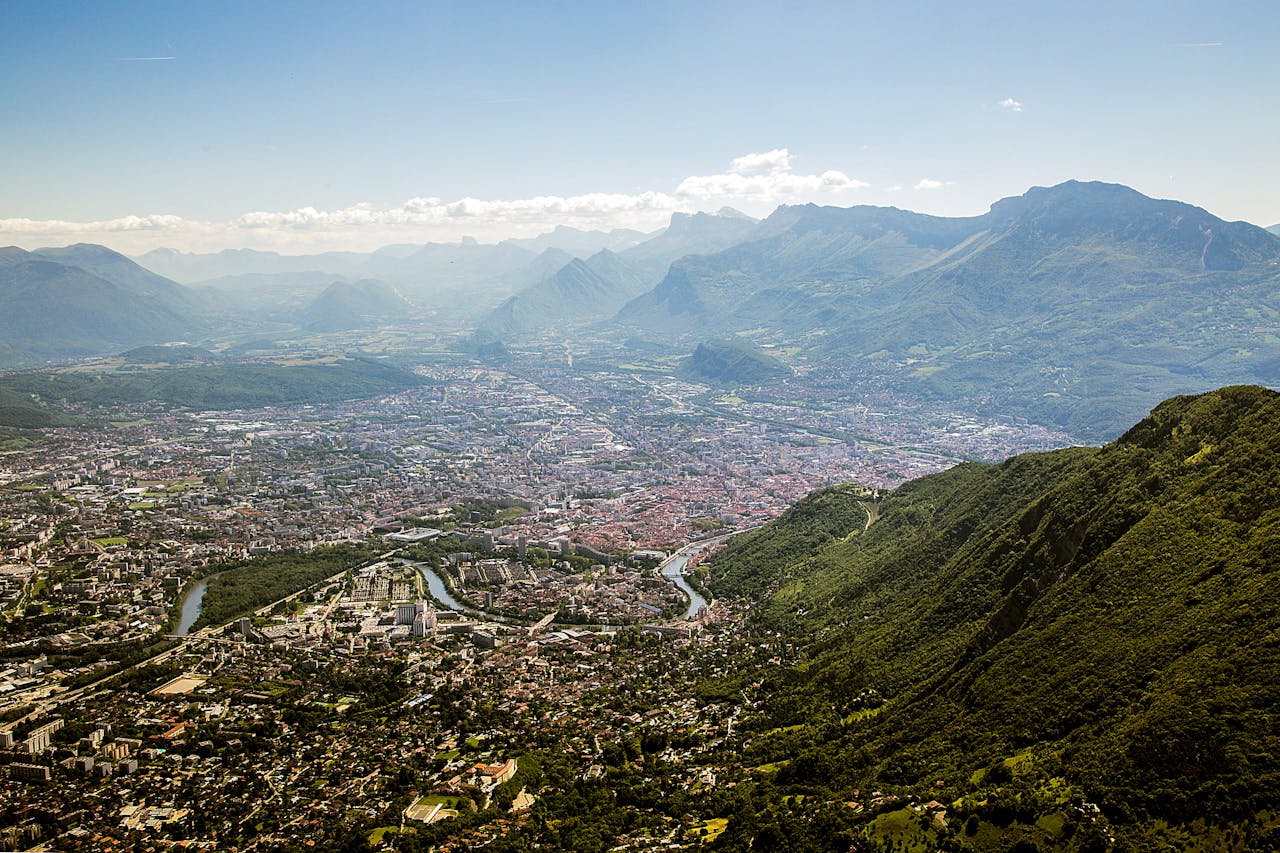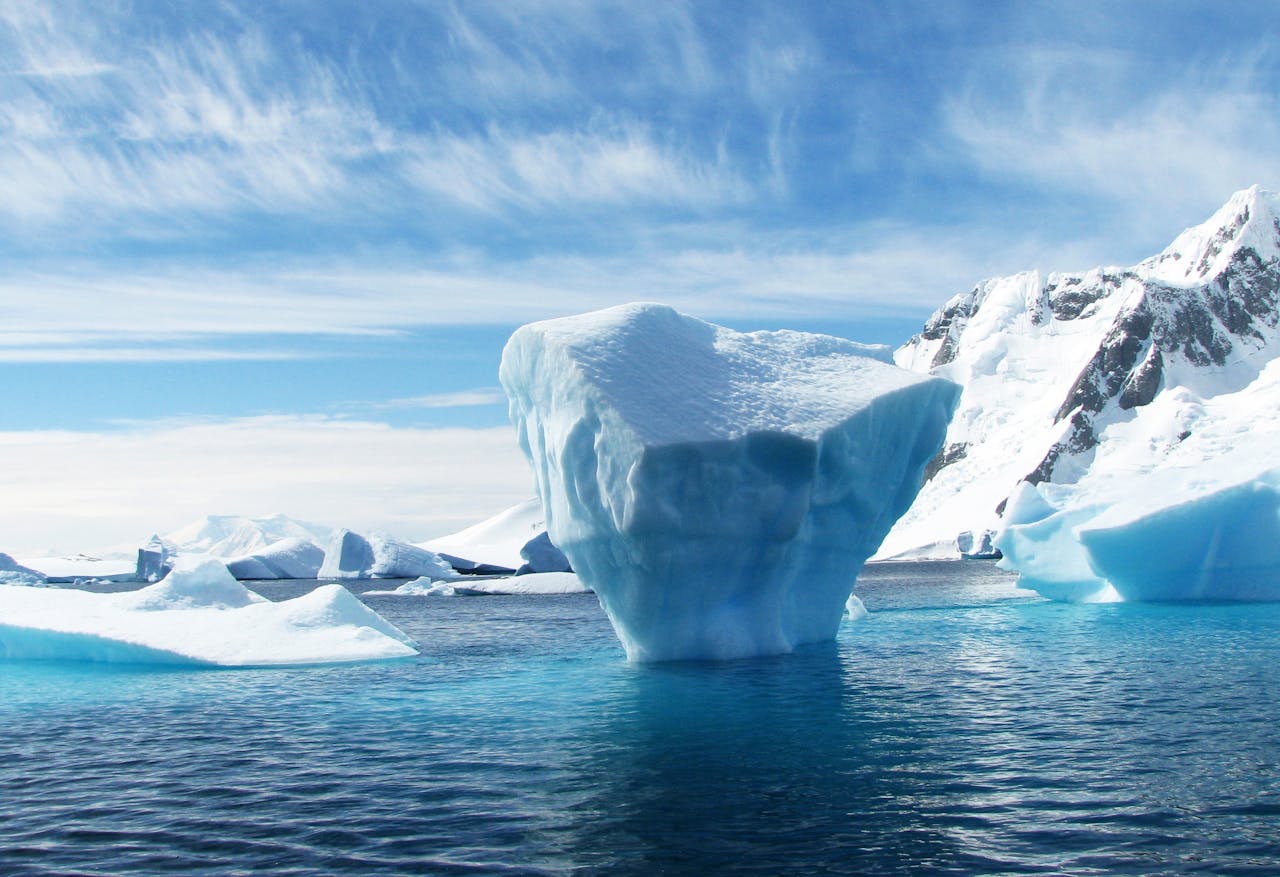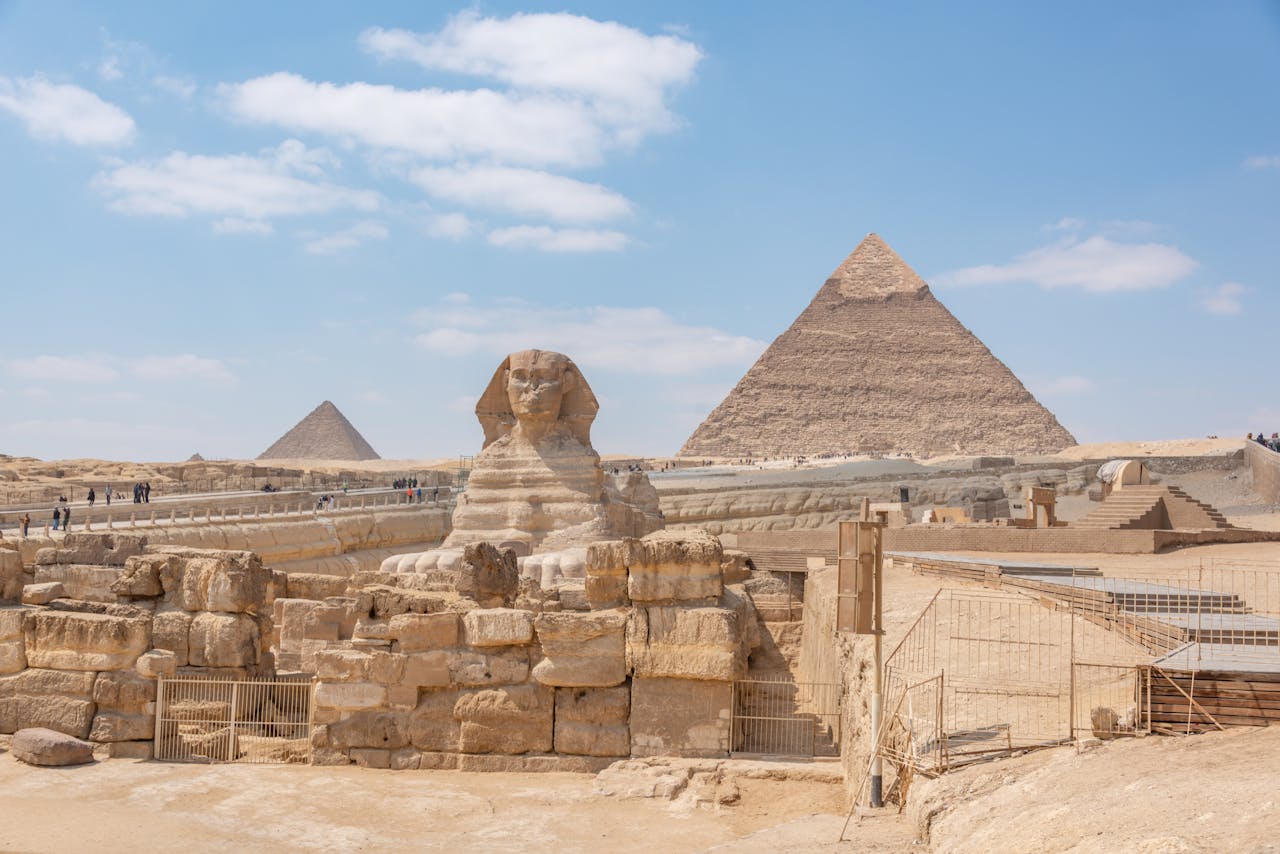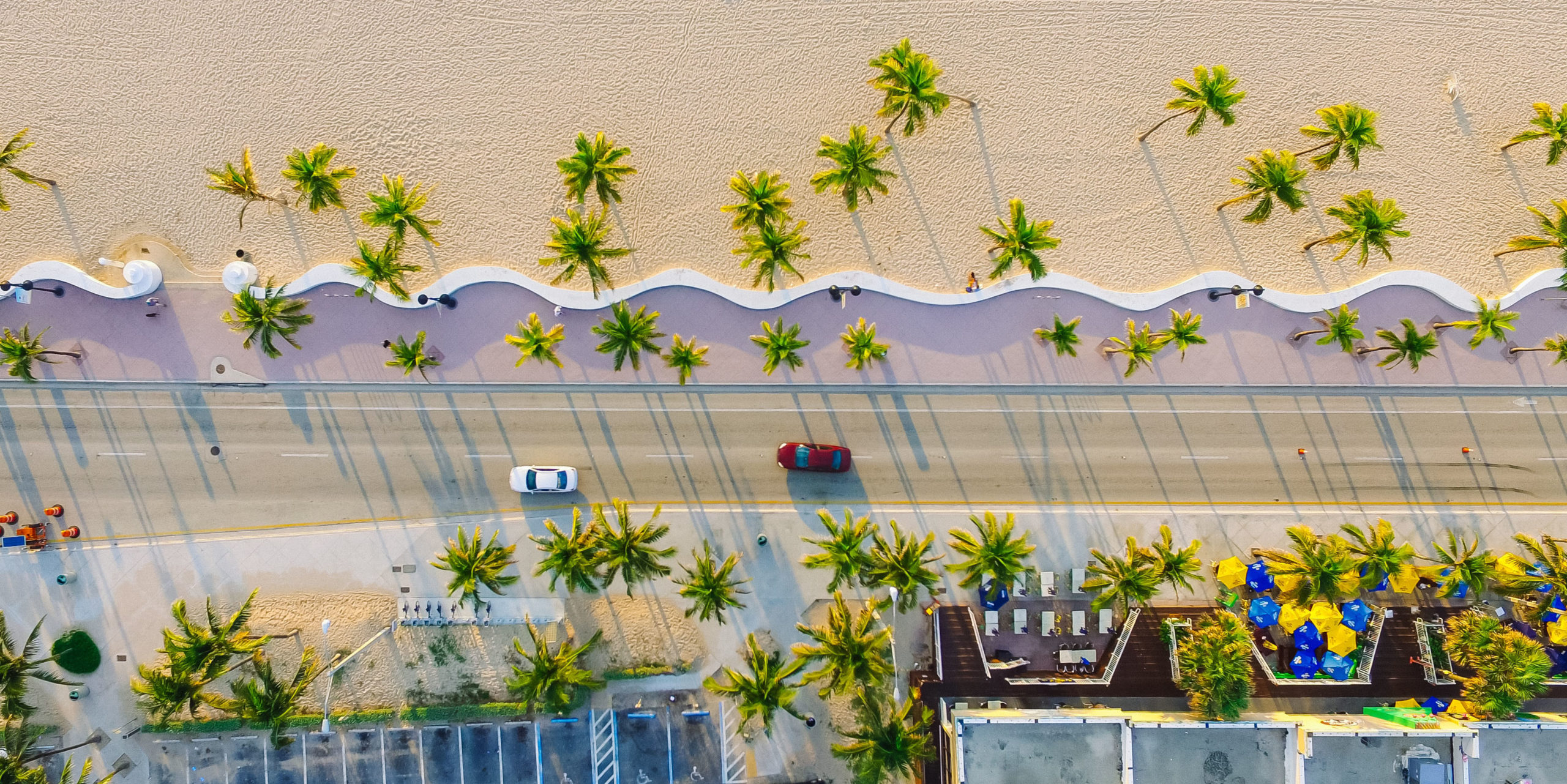Now Or Never: 20 Places You Need To See Before They Disappear Forever
These Places Won’t Wait
It’s a sad but known reality that climate change, urbanization, and pollution are destroying local landmarks around the world. While more people are traveling than ever before, many centuries-old staples will be gone before you know it. Here are 20 places that may not exist in the next few decades.
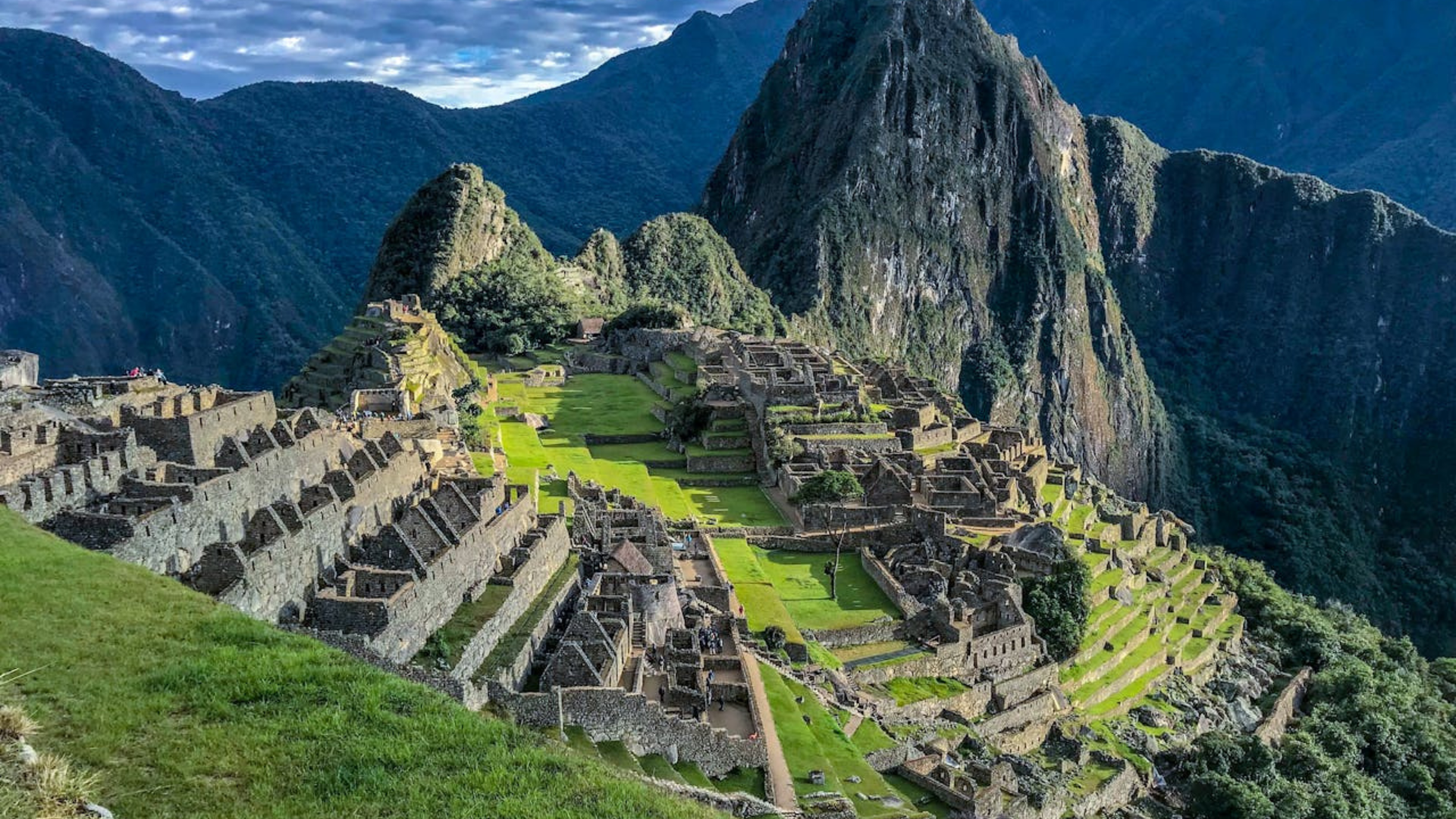 Photo by Chelsea Cook on Pexels
Photo by Chelsea Cook on Pexels
1. Great Barrier Reef
One of the largest coral reefs to ever exist, the Great Barrier Reef is located along the coast of Australia and stretches over an impressive 2,300 kilometers. While snorkeling with the turtles and clownfish has been a favored pastime, this reef will likely disappear in the next 20 to 30 years due to unmanageable temperatures.
2. The Maldives
These picturesque islands located in South Asia have graced the covers of many magazines due to their crystal-clear waters and creative cabanas. However, due to unstable erosion and rising sea levels, the Maldives are hindered by intense storms and flooding, making their future shaky at best.
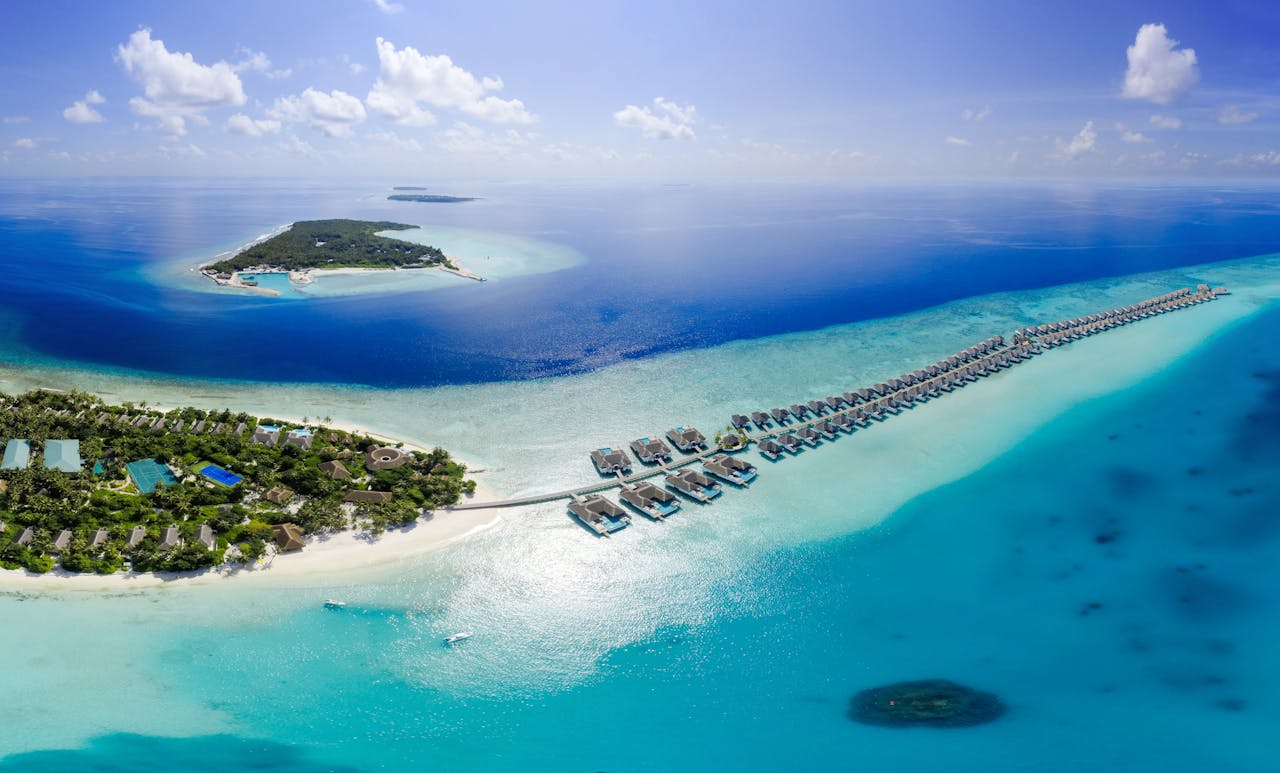 Photo by Asad Photo Maldives on Pexels
Photo by Asad Photo Maldives on Pexels
3. Great Wall of China
Built in ancient times as an impressive feat of human ingenuity and defense, the Great Wall of China is now under threat of collapse due to intensive weathering over the years. Some parts of the structure have already crumbled, while others continue to erode under heavy storms.
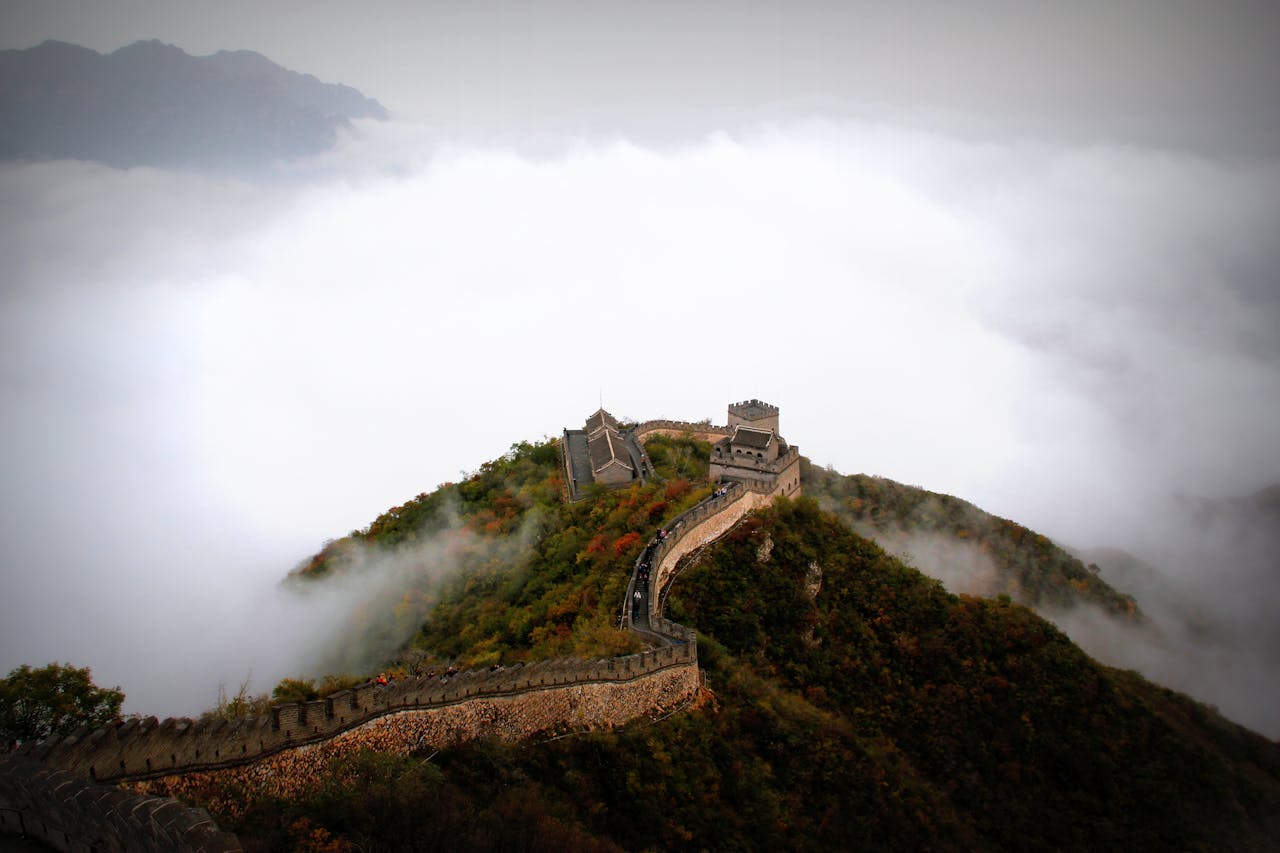 Photo by Manuel Joseph on Pexels
Photo by Manuel Joseph on Pexels
4. European Alps
The European Alps refer to a majestic snow-capped mountain range spanning several countries. Known for the numerous glaciers nestled throughout the region, more than a third of this ice will be gone by 2050, the rest following soon after.
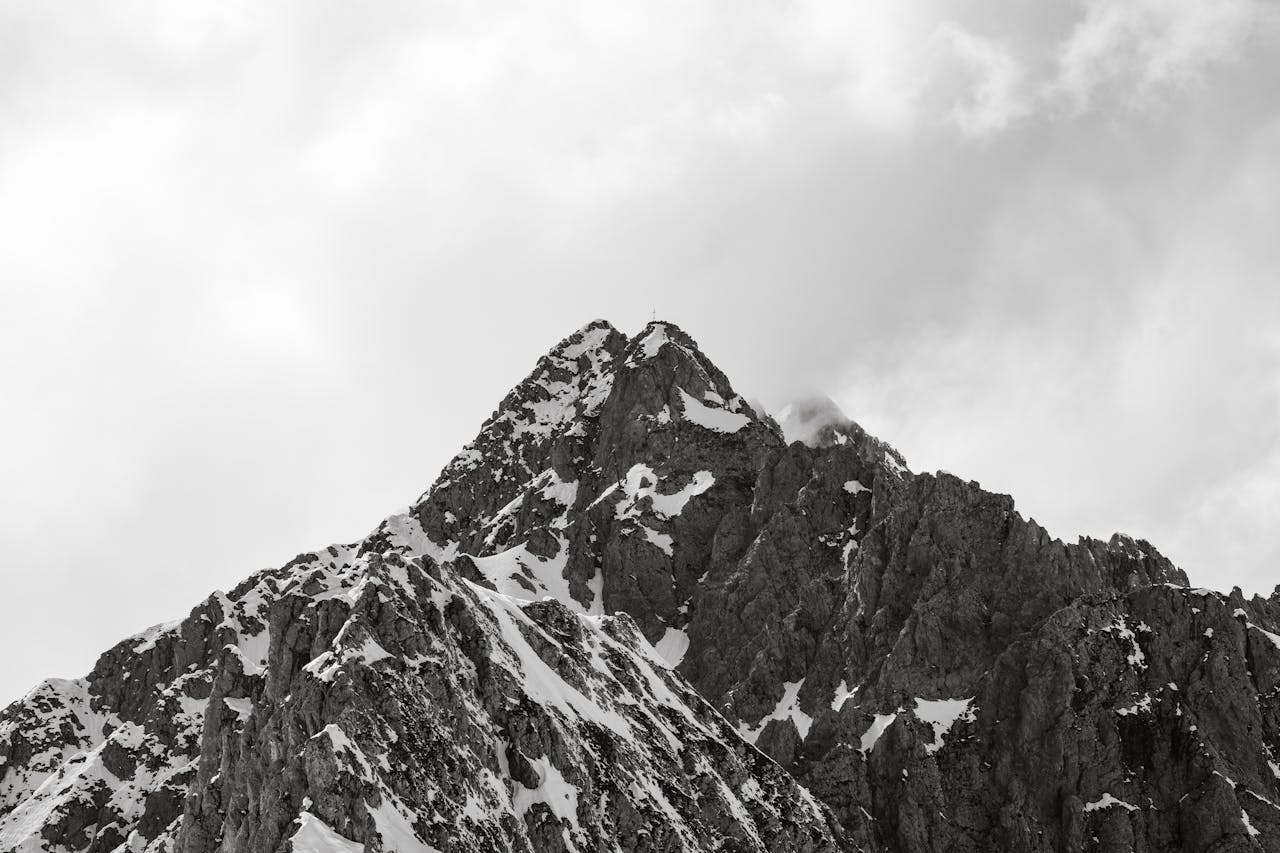 Photo by Aakash Goel on Pexels
Photo by Aakash Goel on Pexels
5. Madagascar
Aside from the kids’ movie by the same name, Madagascar is the fourth-largest island in the world. The terrain is simply out of this world and is home to animals you cannot find anywhere else. However, up to 93% of Madagascar’s forests are predicted to be gone by 2050, mostly due to agriculture, deforestation, and fires.
6. Taj Mahal
This architectural feat was commissioned by a Mughal emperor as a declaration of love for his wife. It now serves as their tomb and is a must-see in India. Yet due to the rising pollution and thick smog, the walls of the temple have begun to peel and crack.
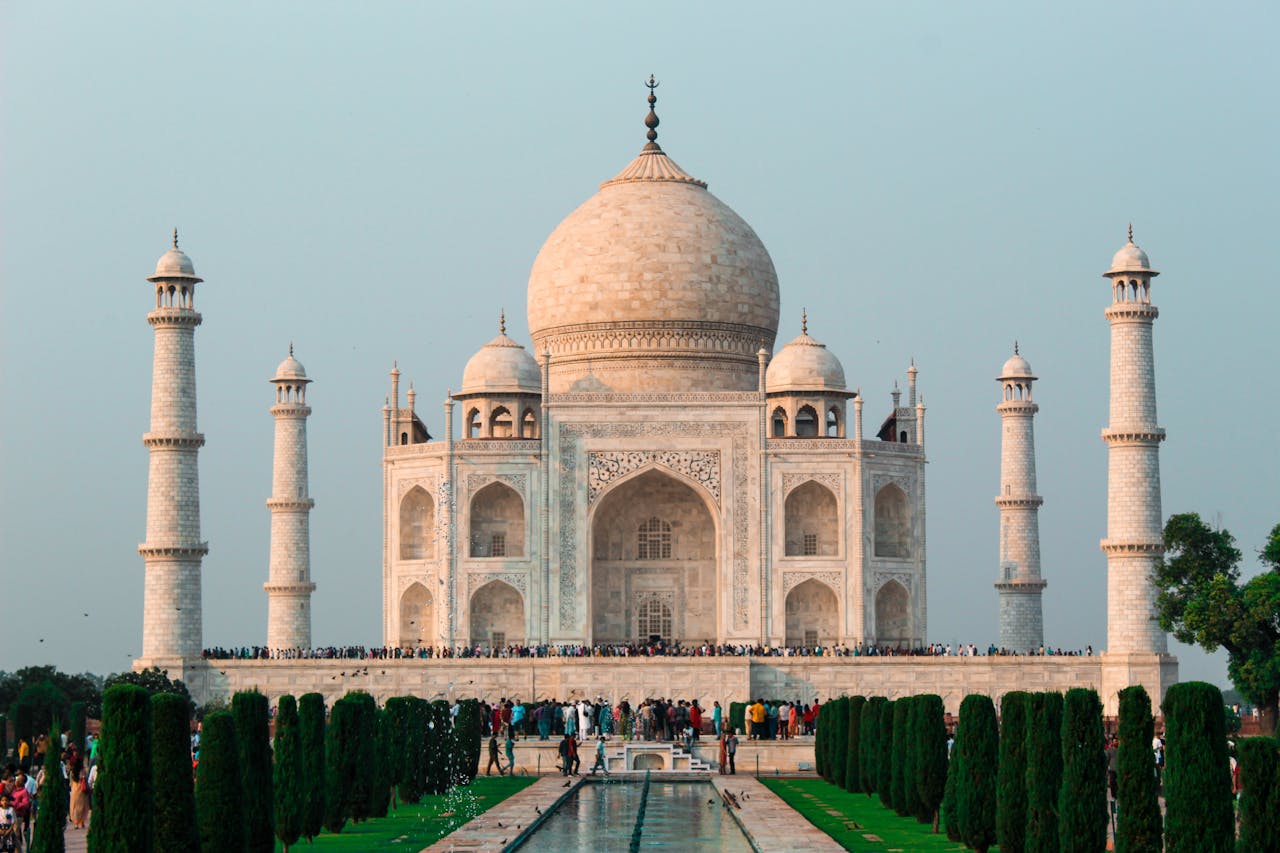 Photo by Sudipta Mondal on Pexels
Photo by Sudipta Mondal on Pexels
7. Machu Picchu
Located in Peru, this ancient city was once a wonder of the world, offering insight into the achievements of the Incan civilization. Nowadays, tourists are limited to prevent continuous degradation. Foot traffic is unfortunately to blame for the erosion, which is why you might not want to visit this one at all.
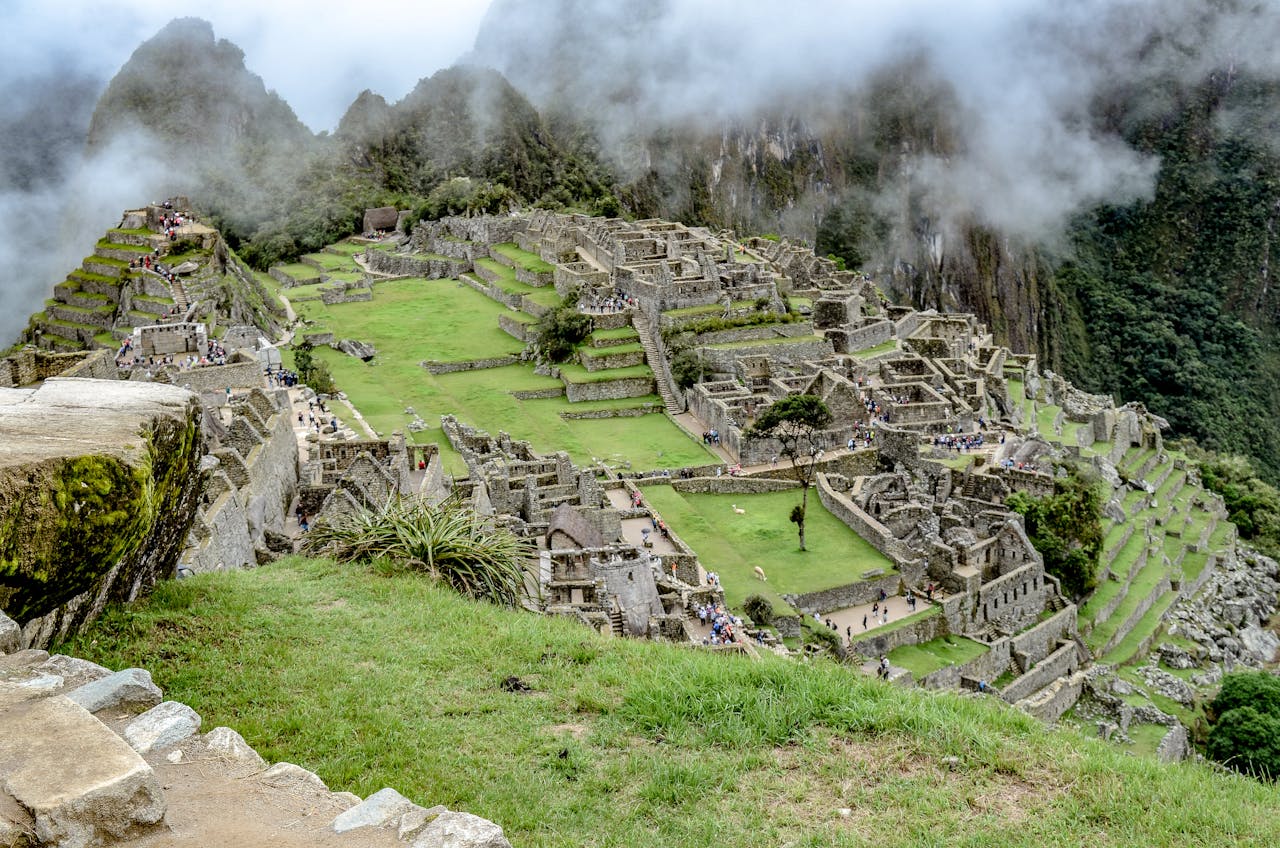 Photo by logan primm on Pexels
Photo by logan primm on Pexels
8. Venice
Venice has become known as a sinking city due to increased sea levels and intensive storms. Once a beautiful example of nature and civilization merging into one, Venice now serves as an example of the consequences of climate change.
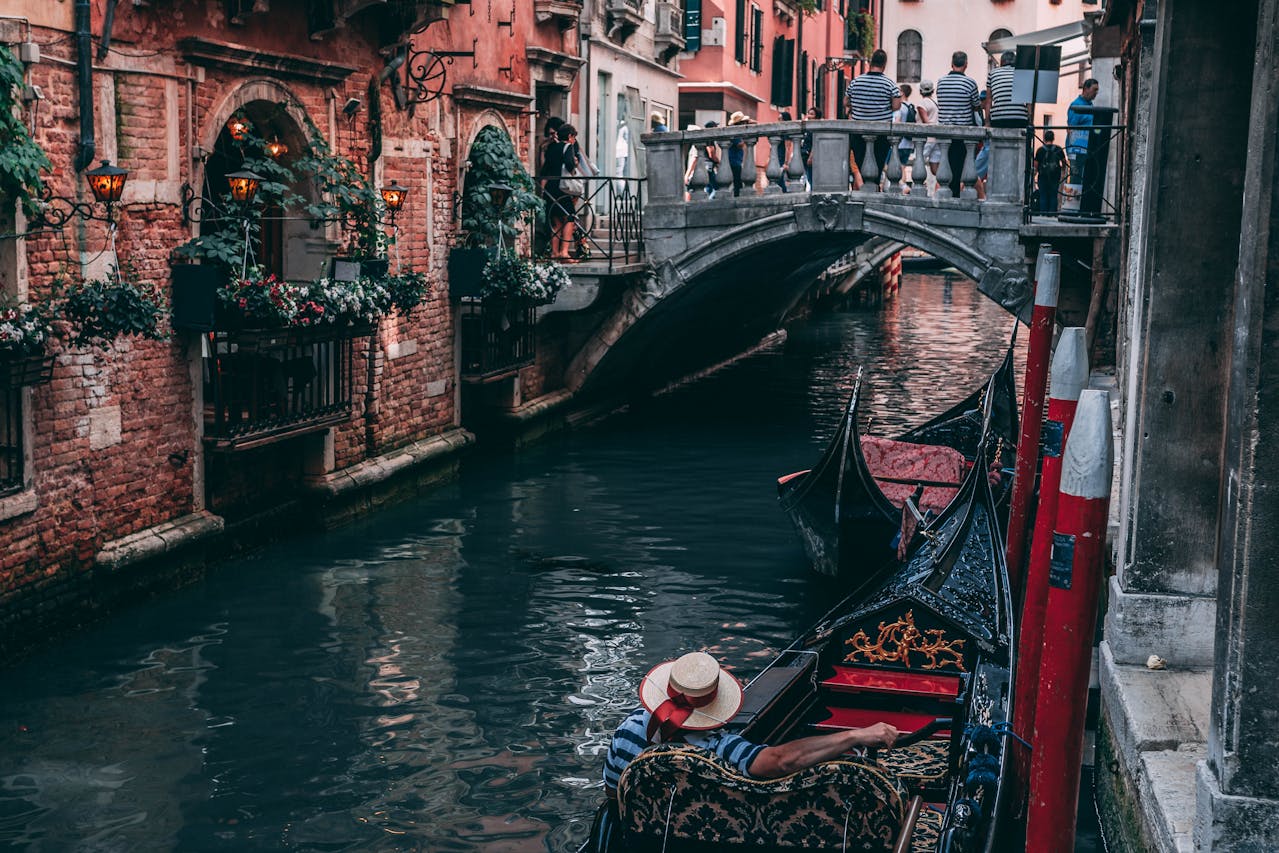 Photo by hitesh choudhary on Pexels
Photo by hitesh choudhary on Pexels
9. Rhone Valley
The Rhone Valley is a stunning part of France’s wine country. Known for red wine in particular, the area hosts unique and rich grapes that give it an intrinsic taste. Unfortunately, changing temperatures have led to increased drought and water stress, which have limited wine production significantly.
10. Key West
Most Americans recognize Key West as a desirable vacation destination located in the Florida Keys. Yet, like many parts of Florida, this region is under threat of flooding and storms. Many neighborhoods have been dealing with floodwater that lingers for months, and for many, even getting to the island is a difficult task.
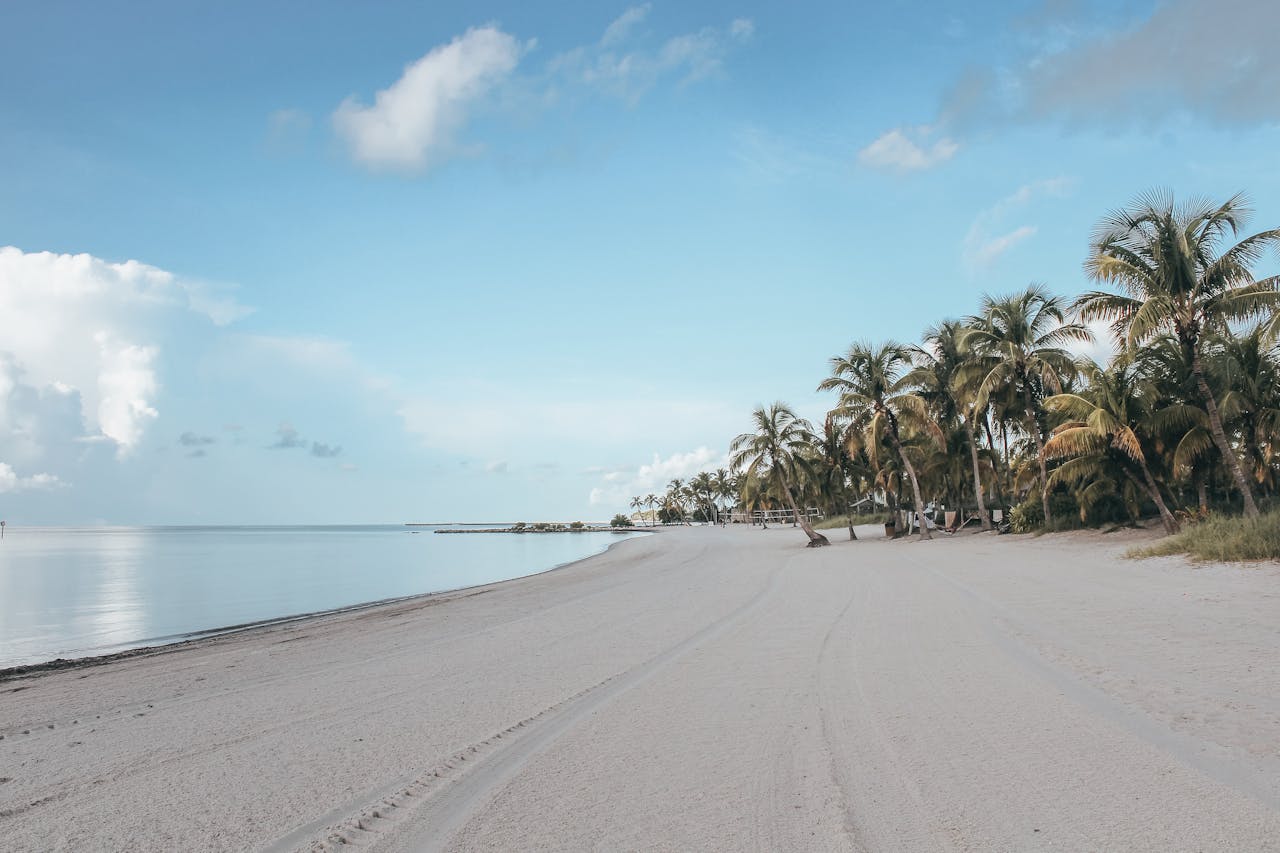 Photo by Vincent Gerbouin on Pexels
Photo by Vincent Gerbouin on Pexels
11. Rio de Janeiro
This incredible city sits on the coast of Brazil and is marked by stunning mountains and beautiful blue oceans. With skyscrapers built mere meters from the beach, it comes as no surprise that rising sea levels and intense heat waves have put the region in danger.
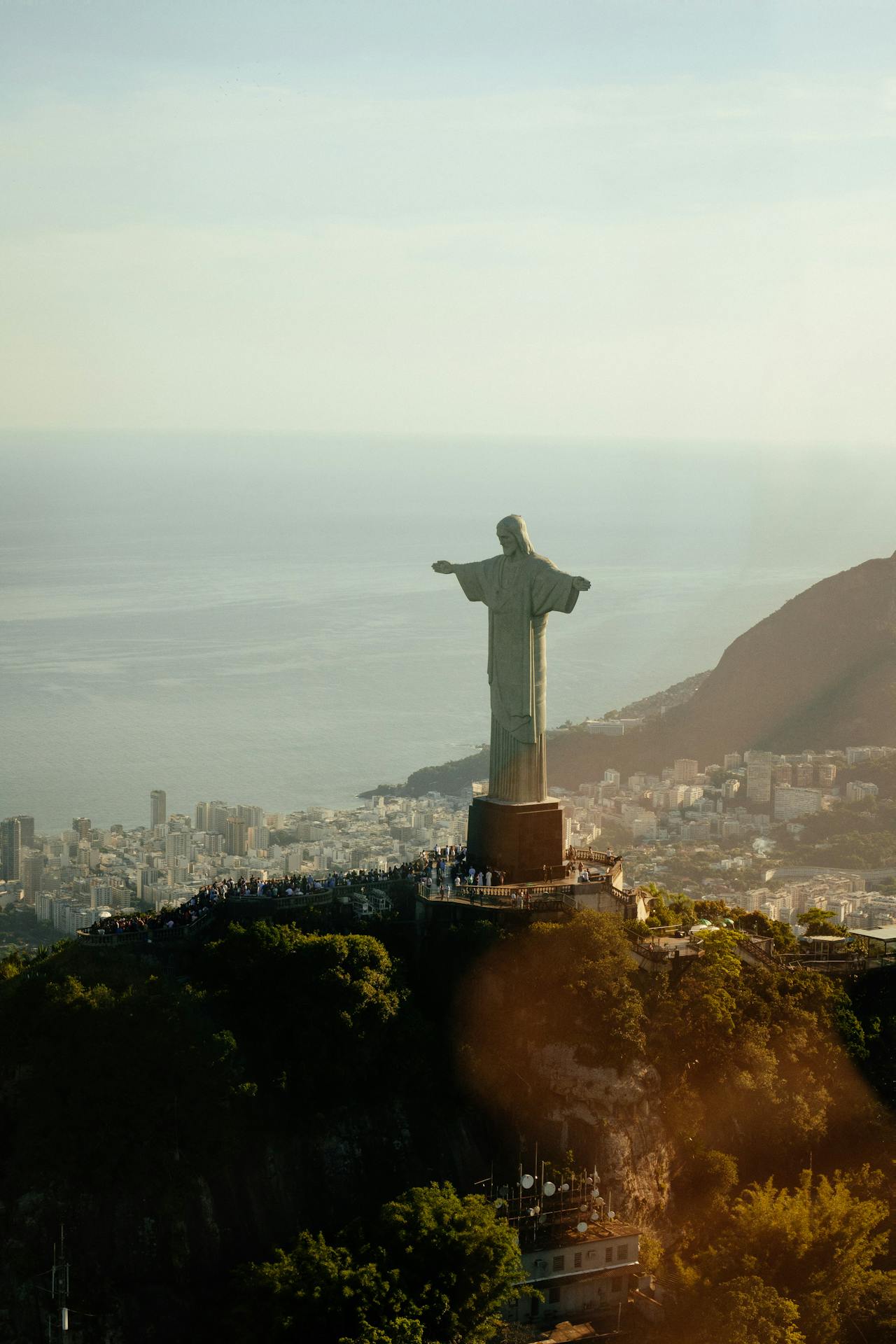 Photo by Athena Sandrini on Pexels
Photo by Athena Sandrini on Pexels
12. Dead Sea
This landlocked Salt Lake sits in the Jordan Rift Valley and is known for its high salt level. A popular tourist destination, the sea is currently threatened by droughts and heat waves. Now, there is not enough water left to replenish the once-massive sea.
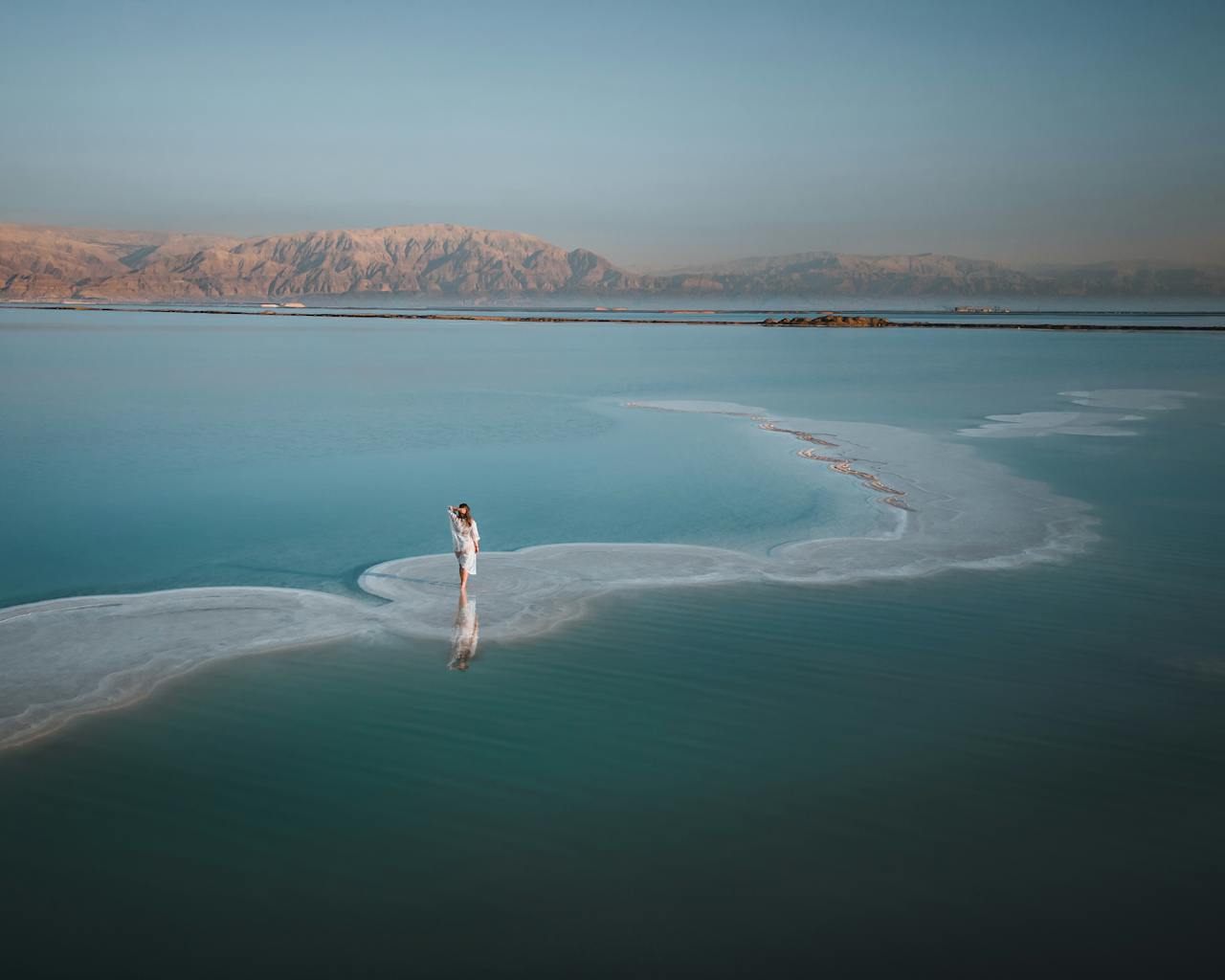 Photo by Aviv Perets on Pexels
Photo by Aviv Perets on Pexels
13. Napa Valley
Nestled in California wine country, Napa Valley is known for its artistic food scene. Try one of the cozy restaurants or take a trip on a vintage locomotive, but just do it quickly because recent droughts and temperature rises have destroyed the wine-producing grapes.
 Photo by Rachel Carter on Pexels
Photo by Rachel Carter on Pexels
14. Osaka
Beautiful Osaka is a large port in Japan that perfectly blends urban living with rural comforts. However, rising sea levels are predicted to submerge major districts within the city, with some parts already lost to the floods.
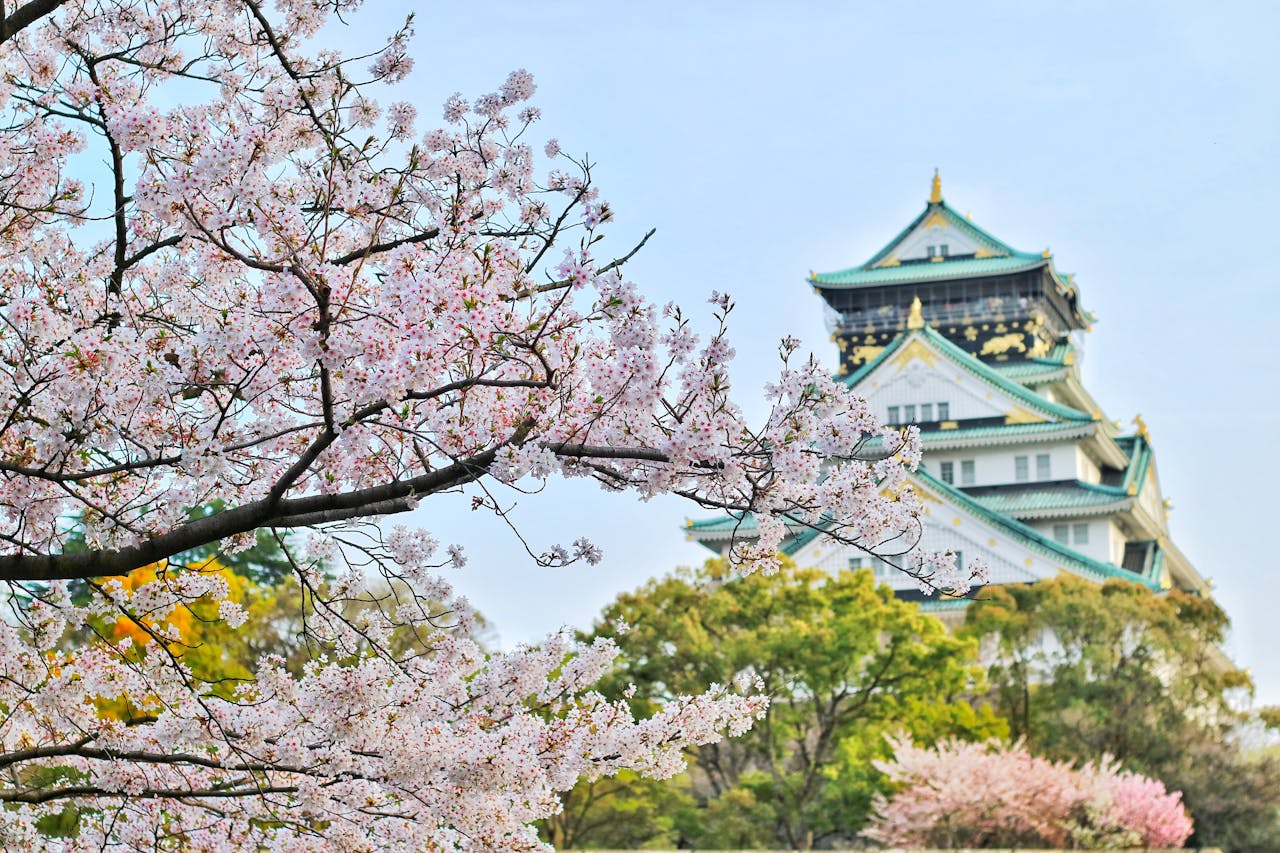 Photo by Bagus Pangestu on Pexels
Photo by Bagus Pangestu on Pexels
15. The Amazon
One of the largest and most biodiverse forests in the world, the Amazon sits as a frontier humans have yet to fully explore. However, that reputation may come to a quick end since it is being cut down at an alarming rate. Environmental vandalism and agriculture have led to decade-highs in deforestation, meaning the Amazon won’t be here for much longer.
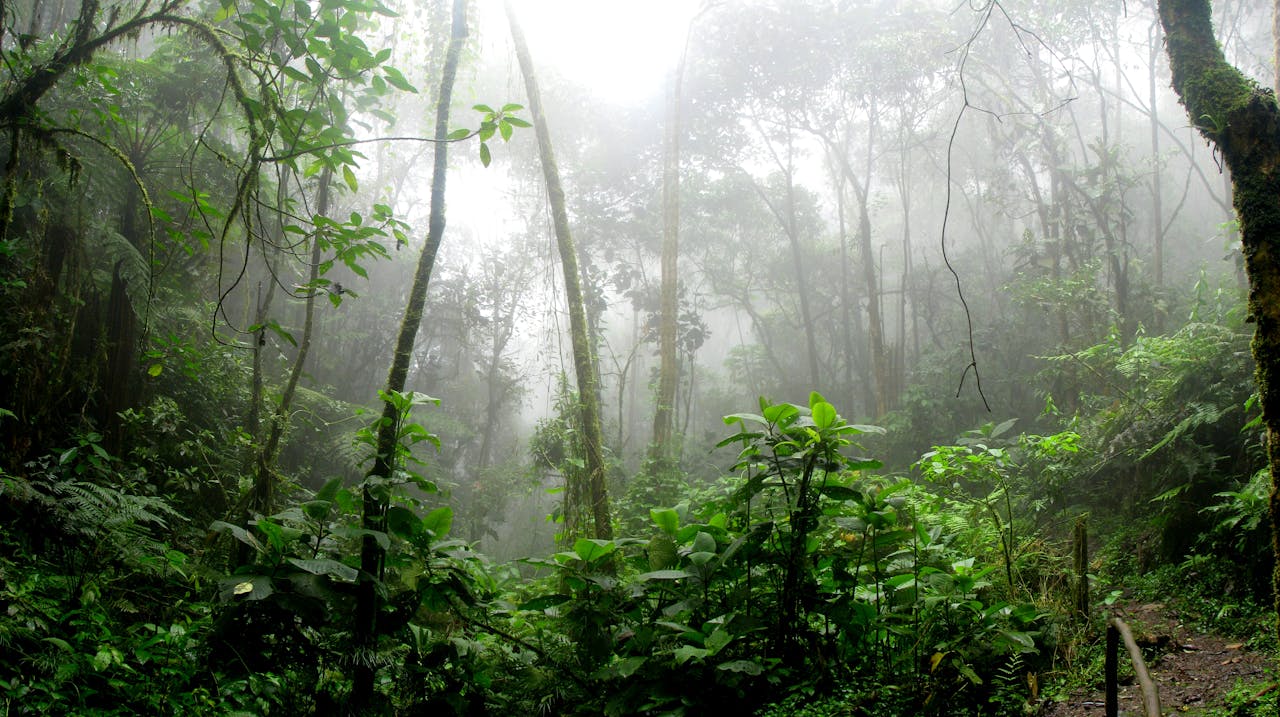 Photo by David Riaño Cortés on Pexels
Photo by David Riaño Cortés on Pexels
16. Antarctica
The entire continent of Antarctica, like most polar regions, is threatened by rising sea levels and increased temperatures. In fact, rising sea levels around the world are predominantly caused by the melting snow caps. Recent trips to Antarctica have revealed shrinking ice sheets and the collapse of glaciers that have existed for centuries.
17. Patagonia
Patagonia is an idyllic region in South America recognized for its snowy mountains, crystal-like glaciers, and golden fields. Possibly Heaven on Earth, this stunning region is at risk of disappearing due to increased temperatures, which have melted glaciers 100 times faster than ever before in the past 350 years.
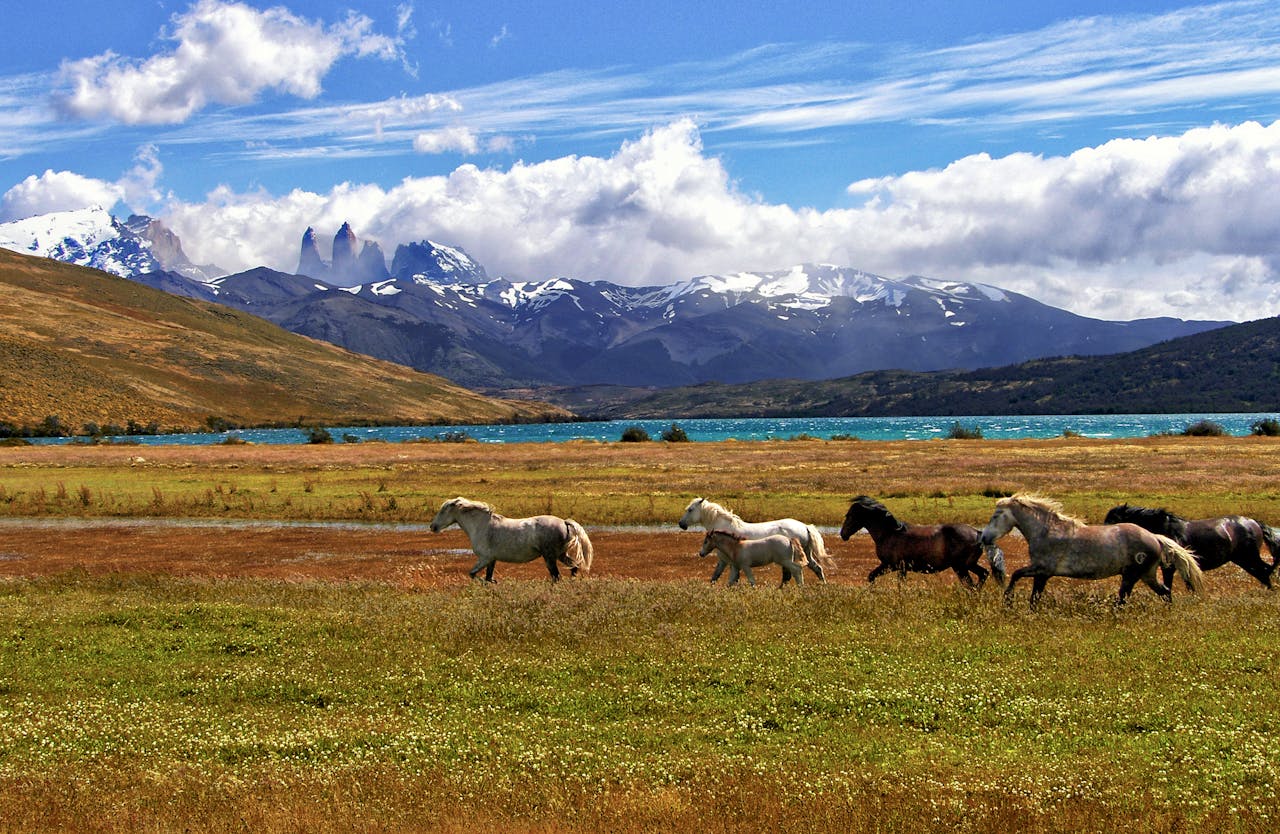 Photo by André Ulysses De Salis on Pexels
Photo by André Ulysses De Salis on Pexels
18. Seychelles
This East African region is an island paradise, home to rare species like the Aldabra tortoise. Yet like many small island nations, rising sea levels are contributing to acidic water, increased flooding, and devastated ecosystems.
 Photo by Rajesh Chetty on Pexels
Photo by Rajesh Chetty on Pexels
19. Galápagos Islands
The Galápagos was where explorer Charles Darwin began his work on evolution. However, nowadays, wildlife in the Galápagos is disappearing quickly as increased ocean temperatures have led to inhospitable conditions.
 Photo by Magda Ehlers on Pexels
Photo by Magda Ehlers on Pexels
20. Pyramids of Giza
These pyramids are recognized across the world and are praised as markers of human innovation. However, now they are beginning to degrade due to rising groundwater and mass urbanization. The pyramids were already far past their prime, but soon they may cease to exist altogether.




